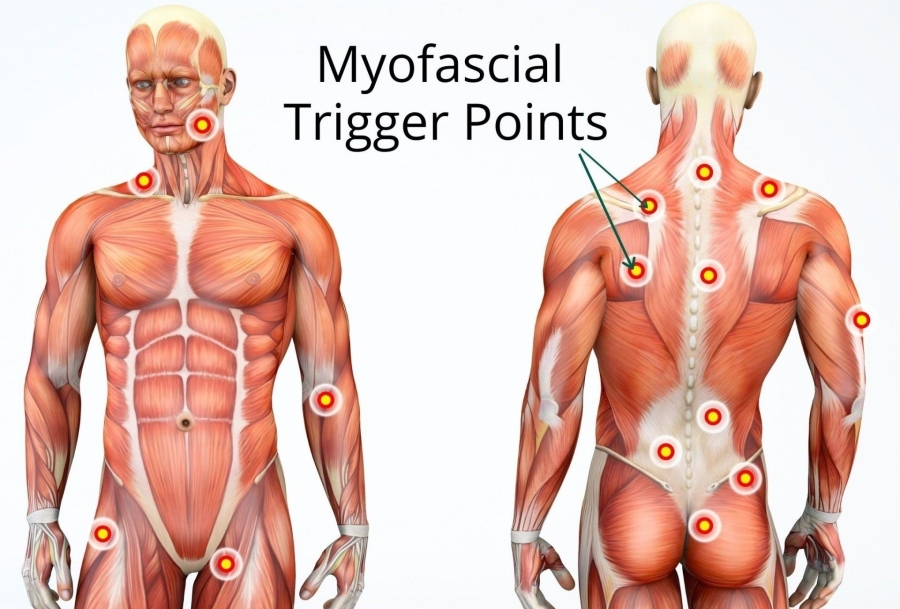Physiotherapy for Parkinson’s Disease
Physiotherapy
How Physiotherapy Can Help
Many of people have heard of Parkinson’s Disease, as it is amongst the most well known neruological conditions. It is a progressive neurodegenerative disorder that affects the central nervous system, primarily impacting motor functions. It leads to various motor and non-motor symptoms, severely impacting a person’s quality of life. Let’s explore the anatomy and pathophysiology of Parkinson’s Disease, its symptoms, and the vital role of physiotherapy in managing this condition.
Anatomy/Pathophysiology of Parkinson’s Disease:
The substantia nigra, located in the midbrain, is responsible for producing dopamine, a neurotransmitter essential for coordinating movement. In Parkinson’s Disease, the progressive loss of dopamine-producing neurons occurs due to the accumulation of abnormal protein structures called Lewy bodies. As the dopamine levels decrease, the communication between nerve cells is disrupted, leading to impaired motor control and other related issues.
Injury/Condition Symptoms and How to Identify:
Parkinson’s Disease presents a wide range of symptoms, which often start subtly and progress gradually over time. The primary motor symptoms include:
Tremors: Involuntary shaking, often noticed in the hands, fingers, or other body parts at rest.
Bradykinesia: Slowness of movement, making everyday tasks challenging and time-consuming.
Rigidity: Stiffness in the muscles, leading to reduced range of motion and joint flexibility.
Postural Instability: Impaired balance and coordination, increasing the risk of falls.
In addition to these motor symptoms, individuals with Parkinson’s Disease may also experience non-motor symptoms, such as depression, anxiety, sleep disturbances, cognitive changes, and autonomicdysfunctions (e.g., constipation and low blood pressure).
How Can Physiotherapy Help?
Physiotherapy plays a crucial role in managing Parkinson’s Disease, helping individuals improve their mobility, independence, and overall well-being. Here are some ways in which physiotherapy can be beneficial:
1. Customized Exercise Programs: A physiotherapist designs personalized exercise routines tailored to the individual’s specific needs and abilities. These exercises aim to enhance flexibility, strength, and balance, addressing motor symptoms and minimizing the risk of falls.
2. Gait Training: People with Parkinson’s often experience difficulties in walking due to shuffling steps or reduced arm swing. Physiotherapists can implement gait training techniques to improve walking patterns and make movements more efficient.
3. Balance and Coordination Improvement: With the help of targeted exercises, physiotherapy can enhance balance and coordination, reducing the risk of accidental injuries caused by postural instability.
4. Deep Brain Stimulation (DBS) Rehabilitation: In some cases, individuals with advanced Parkinson’s Disease may undergo DBS surgery to alleviate symptoms. Physiotherapy plays a vital role in post-surgery rehabilitation, assisting patients in regaining motor control and optimizing the benefits of the procedure.
5. Home Exercise Programs: Physiotherapists also provide guidance on exercises that patients ca perform at home to maintain their progress and manage symptoms effectively between therapy sessions.
6. Education and Support: Physiotherapists not only focus on physical exercise but also educate patients and their caregivers about Parkinson’s Disease management, lifesyle modifications, and adaptive strategies to cope with day-to-day challenges.
Furthermore, according to a research article written by (Radder et al, 2020), strategy training(cues), dance, martial arts including Tai Chi and QiGong, balance training and gait training, resistance training and aerobic training show low to moderate effects on improving PD symtoms.
In conclusion, Parkinson’s Disease is aprogressive neruological disease, and with the help of physiotherapy, individuals with Parkinson’s can improve their mobility, balance, and overall quality of life. . Please contact Healthproof team for physiotherapy if you want early intervention and a comprehensive physiotherapy program to managing the symptoms and promoting better long-term outcomes!
1. Jankovic J. Parkinson’s disease: clinical features and diagnosis. J Neurol Neurosurg Psychiatry.
2008;79:368-376.
2. Bartels AL, Leenders KL. Parkinson’s disease: the syndrome, the pathogenesis and pathophysiology. Cortex. 2009;45:915-921.
3. Moustafa AA, Chakravarthy S, Phillips JR, et al. Motor symptoms in Parkinson’s disease: a unified framework. Neurosci Biobehav Rev. 2016;68:727-740
4. Voss TS, Elm JJ, Wielinski CL, et al. Fall frequency and risk assessment in early Parkinson’s disease. Parkinsonism Relat Disord. 2012;18:837-841
5. Allen NE, Schwarzel AK, Canning CG. Recurrent falls in Parkinson’s disease: a systematic review. Parkinson’s Dis. 2013;2013:906274.
6. Radder DLM, Lígia Silva de Lima A, Domingos J, Keus SHJ, van Nimwegen M, Bloem BR, de Vries NM. Physiotherapy in Parkinson’s Disease: A Meta-Analysis of Present Treatment Modalities. Neurorehabil Neural Repair. 2020 Oct;34(10):871-880. doi: 10.1177/1545968320952799. Epub 2020 Sep 11. PMID: 32917125; PMCID: PMC7564288.



